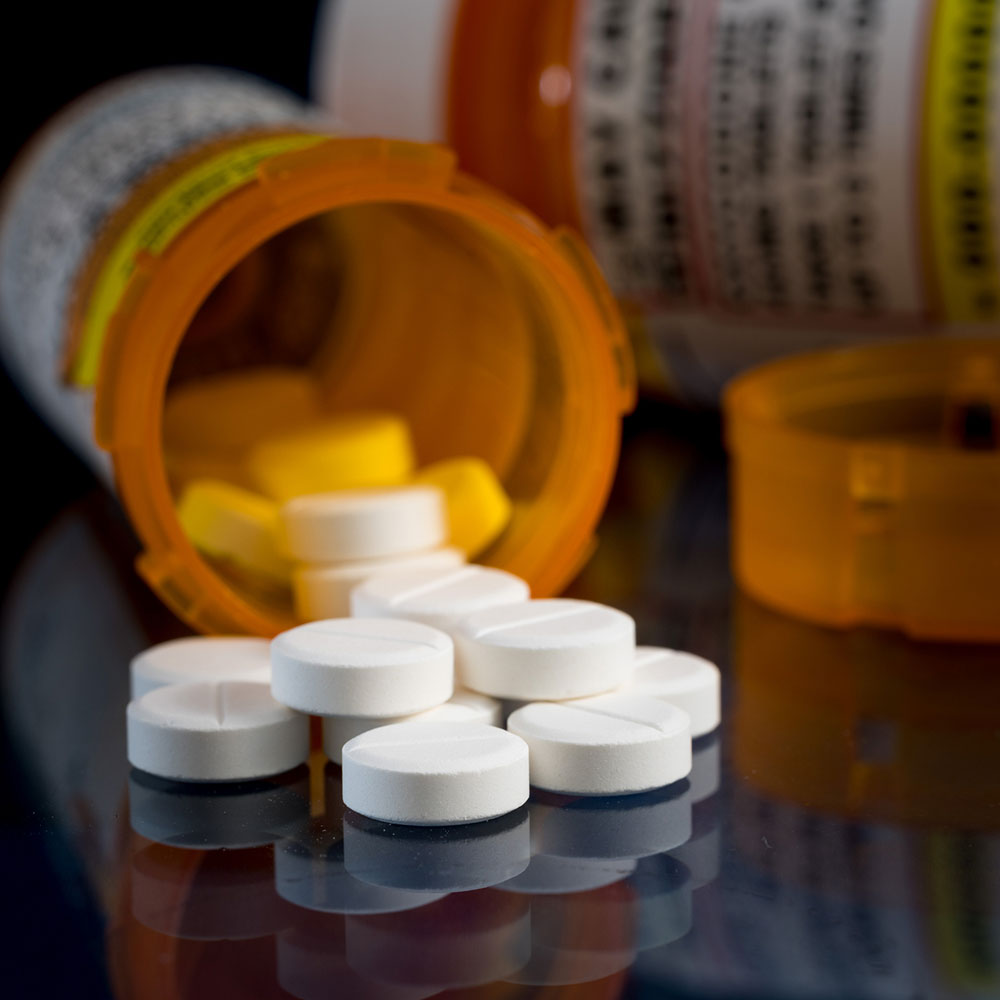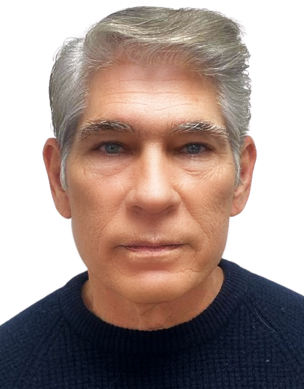When you use substances for an extended period of time, the pathways created within your brain can actually be changed, which makes recovery a long, difficult process. In conjunction with these therapies, (MAT) medication-assisted treatment in Lehigh Valley is backed by years of research and can provide a safer, whole-patient path to recovery.
Recovering from substance use disorder, or SUD, is an emotionally, mentally, and physically challenging process. For one, you will often need to navigate the relationships that have been damaged by your substance use. Committing to recovery also takes an enormous amount of mental strength and fortitude. However, one of the most challenging aspects of SUD recovery is managing the physical impact that prolonged substance use has had on your body, including facing the hurdles necessitated by a detox.
What Is Medication Assisted Treatment?
Most individuals who struggle with SUD need comprehensive support on their paths to recovery. The substances they used altered their body and brain in ways that can create unique challenges to recovery, including a physical and emotional inability to maintain normal function without the substance. It can also make withdrawals much more severe, with symptoms like headaches, tremors, nausea, and seizures in extreme cases.
Medication-assisted treatment involves the use of approved medications to help treat those symptoms, ease some of the pain associated with withdrawal, and minimize cravings during recovery. Together with counseling, therapies, and other techniques, MAT can be a more thorough, patient-centered approach to the many issues that surround SUD.
Suggested Reading: Pennsylvania Addiction Treatment Resources
Medications Used In MAT
MAT can be beneficial for the treatment of substance use disorder, especially SUD associated with substances like alcohol and opioids. There are different medications associated with each type of MAT program. Some of the most common medications that are used in a MAT program are Naltrexone, buprenorphine, and methadone. Every medication used in conjunction with MAT is FDA-approved and used to treat specific symptoms caused by specific substances.
Medications for Alcohol Use
Alcohol is a substance used by over 130 million people each year, over 60 million of whom are classified as binge drinkers and nearly 20 million of whom are classified as heavy drinkers, according to the Substance Abuse and Mental Health Services Administration (SAMHSA). Individuals who struggle with alcohol use disorder can benefit from MAT as a part of their treatment program.
When an individual uses alcohol for an extended period of time, it can have severe effects on them, both physically and mentally. Effects may include an increased risk of stroke, alcoholic hepatitis, and reckless behavior like driving while intoxicated.MAT programs can be effective for people with alcohol use disorder.
The process of beginning this type of treatment is very involved and often requires that the client has not consumed any substance within a certain period of time. Clients must often undergo an echocardiogram and complete detoxification. Once a client has been approved for an MAT program, they are likely to be prescribed one of the following medications.
Acamprosate
This drug has been approved for use in those with alcohol use disorder since 2004. An individual who is already abstaining from alcohol when they begin using acamprosate will be able to maintain their abstinence with the help of the drug. Acamprosate is both popular and effective because it will not interact negatively with any other medications a client is taking and does not have any potential for abuse.
Acamprosate is a top choice of many MAT programs because it can very effectively treat the symptoms of alcohol withdrawal, including nausea, tremors, headaches, and vomiting. This drug is typically given in a dose of two delayed-release tablets three times each day.
Disulfiram
This is also a daily drug that is taken by individuals who are in recovery and have completed the withdrawal process. Disulfiram is an effective drug for MAT programs because it encourages clients to avoid alcohol as a way to avoid sickness.
If an individual drinks alcohol with Disulfiram in their system, they are likely to experience severe symptoms, including nausea, vomiting, unconsciousness, and even death in the most extreme cases. Disulfiram is not recommended for individuals with certain conditions, including pregnancy, psychoses, and suicidal thoughts or actions.
Naltrexone
There are two methods of administering this drug: as a once-daily oral medication and through injections that are given once every four weeks. Similar to acamprosate, Naltrexone is recommended for those with alcohol use disorder who are not drinking when their treatment begins.
The ideal person for this medication is an individual who has been able to maintain abstinence while participating in an outpatient treatment program. Naltrexone is also used as a medication for MAT connected with opioid use disorder, but it should not be used for clients who are also being given buprenorphine or methadone.
Suggested Reading: Medications Commonly Used for MAT
Medications for Opioid Use
When an individual struggles with opioid use disorder, they can experience many superficial effects ranging from slurred speech and shallow breathing to nausea and extreme drowsiness. Dependence on opioids is classified as a chronic illness, and the effects can last for years.
Treatment for this disorder, as a result, must also be structured so that sustainable and long-term recovery is possible. MAT programs for opioid use disorder can address the personal needs of each client through a combination of individualized medication plans along with individual and group therapies. There are several common medications that are used in MAT programs that treat opioid use disorder.

Buprenorphine
One of the most difficult aspects of recovery from SUD, specifically when a client has been using opioids long-term, is the withdrawal period. When opioid use stops, the brain produces intense cravings for the substance, and an individual will experience physical symptoms such as sweating, vomiting, tiredness, anxiety, and mood swings. Buprenorphine is an opioid agonist, which means it interacts with receptors in the brain to block pain signals. This can be extremely effective for those in recovery from opioid use disorder because it can decrease the severity of withdrawal symptoms and cravings for a substance.
When a client chooses to enter an MAT program and buprenorphine is the medication selected, they must have refrained from opioid use for at least 12 hours prior to their first dose to avoid acute withdrawal. Doses can be adjusted throughout treatment according to the specific needs of the person.
Methadone
Some cases of opioid use disorder are more severe than others and may require a more powerful opioid agonist to be treated. Methadone is a very powerful synthetic opioid agonist and is classified as a Schedule II controlled substance, which means it can only be distributed by certain physicians. This medication is most often taken daily, either in powder, diskette, or liquid form.
When taken regularly and at the correct doses, methadone can block the effects of opioids on the body while minimizing cravings and withdrawal symptoms. In most cases, methadone must be taken under the direct supervision of a physician.
Naltrexone
This medication is very effective and can be used for the treatment of both alcohol and opioid abuse. Naltrexone works by blocking opioid receptors, so individuals who use this drug will not experience the effects of opioids like euphoria or sedation. Unlike using Naltrexone for alcohol substance abuse, when opioid use disorder is treated with this medication, a client must wait between 7-14 days, depending on the opioids they are using, before they can begin a course of Naltrexone and it can only be administered through injection once every four weeks.
Suggested Reading: How Mindfulness Helps with Addiction Cravings
Major Benefits of Medication-Assisted Treatment
Regardless of the medication that is best for your treatment, there are countless benefits of a medication-assisted treatment program. When a personalized plan includes medication to minimize withdrawal and cravings paired with individual and group counseling, it can help make long-term recovery more accessible for individuals who are struggling with SUD. Learn more about the benefits of MAT.
Reduced Overdose Risk
When an individual is recovering from long-term substance use disorder, they may seek other substances, whether that includes taking other opioids or alcohol, as a way to deal with their withdrawal. This can be dangerous for several reasons, one of the most severe of which is the potential for an overdose through overuse of other substances. MAT programs help prevent this by reducing cravings and making the withdrawal process easier to manage.
Increased Rates of Treatment Retention
Dealing with cravings can feel overwhelming and very easily derail an individual’s path to recovery. However, participating in an MAT program means taking medications that minimize or eliminate cravings in an environment that is safe, stable, and supportive. In many cases, this gives clients an opportunity to create new habits and stabilize mental, emotional, and physical health during recovery without the challenge of cravings. That combination leads more people to complete recovery programs successfully.
Reduced Relapse Rates
MAT can also make relapse less common. As a result of the medications’ effect on withdrawals and cravings, fewer clients are led to return to substance use to alleviate those symptoms. Similarly, completion of treatment programs can result in a more successful outcome.
Suggested Reading: Relapse Prevention Tips
MAT and Behavioral Therapy
One aspect of MAT programs that makes them so effective is the fact that they do not rely only on medication – a concept that is somewhat surprising to many people. Most MAT programs also incorporate behavioral therapy in both individual and group settings. This therapeutic approach encourages people to process their emotions and struggles externally, receive support and guidance from trained and experienced professionals, and walk through their path to recovery with a community of people who understand the struggles they are facing.
Overall, behavioral therapy can help people practice using better, more positive responses to negative thoughts and triggers. With MAT medications relieving withdrawals and cravings and behavioral therapy helping individuals create better responses to stress and triggers, people can truly begin to find long-term recovery.
Stigma Surrounding MAT
Not everyone agrees with or understands the importance of medication-assisted treatment. The goal of any recovery program is to provide individuals who struggle with SUD with a safe, effective, and supportive environment where they are able to create a life of long-term recovery. Stigma against MAT programs hinders individuals on their recovery journey because it provides false or misleading information, does not allow them to connect with helpful resources, and ultimately keeps them from receiving the treatment they need.
Some clients may fear taking other medications, although MAT medications are tightly controlled, and most are not addictive. Others may be concerned about participating in treatment in a specialized medical facility. The most common argument against MAT programs, however, is that clients rely on medications to alleviate SUD without addressing underlying conditions or the negative behavior patterns they've developed.
While it's true that individuals who struggle with SUD may use substances as a way to mask or avoid difficult emotions, MAT medications within the context of an MAT program do not enable avoidance. Effective MAT programs are whole-person-centered. In other words, these programs require clients to participate in a number of therapies designed to manage behaviors, address emotions, and develop coping tools to create a life outside of substance use. Medication allows this work to continue safely and effectively while reducing relapse risk and discomfort.
Recovery Cove for Medication-Assisted Treatment in PA

Sources:
- https://www.samhsa.gov/medications-substance-use-disorders
- https://store.samhsa.gov/sites/default/files/d7/priv/sma15-4907.pdf
- https://www.sciencedirect.com/science/article/pii/S0740547217304828
- https://www.fda.gov/drugs/information-drug-class/information-about-medication-assisted-treatment-mat

Medical Director
Meet Dr. Kurt Braun, a Pennsylvania-born doctor with 32 years of family medicine experience, as well as a Board Certified American board of Osteopathic Family Physicians and board eligible in addiction medicine expert. He attended Moravian Collage for his Bachelor’s degree before graduating from Philadelphia Collage of Osteopathic Medicine in 1991 and completing his Family Medicine Residency at Suburban General Hospital.
Dr. Braun is passionate about addiction medicine and loves getting to know each patient on an individual level to ensure they receive the best care possible. He is committed to providing quality care and programming through open communication and close collaboration with the clinical team.
When not practicing, Dr. Braun enjoys spending time with his wife and children.




